Southampton is steeped in history as one of England’s leading ports and by the 13th Century, it was particularly known for the trade of French wine and English wool. Explore below Southampton’s medieval heritage and discover its unique history on your next visit.
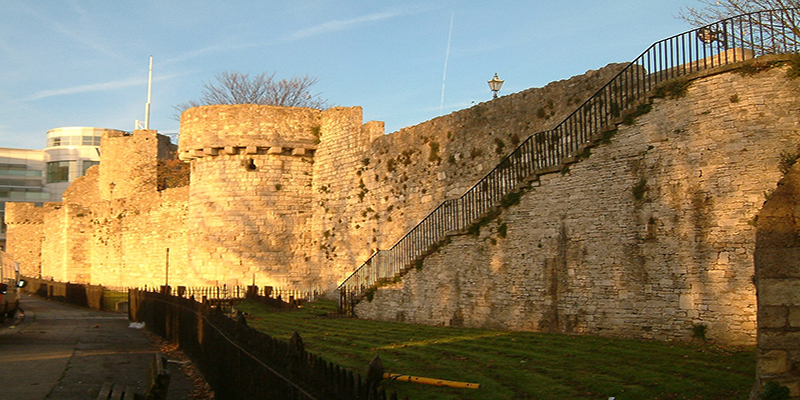
By Christophe.Finot (Own work) CC-BY via Wikimedia Commons (image and image size have been modified)
The Old Town Walls date back to around 1175. However, in the 1330s the town was raided by the French and the Pirate Grimaldi who used the Plunder to help found the principality of Monaco! After the attack, the city walls were extensively improved to help fortify the city. Due to the lack of funds for this fortification, the ‘townsfolk’ compromised by joining the existing exterior walls of the merchant’s houses together to form part of the structure.
Over time, the town was enclosed by 2km of the stone wall with 29 towers and 8 gates. When Gunpowder Canons were introduced around the 1360s, Southampton was one of the first towns in England to install them, building new towers specifically to house the new artillery.
The wall was a continued defence for the town during the 15th Century, and the gatehouses also occasionally acted as the town’s guildhall and housed Southampton’s gaol. The importance of the walls over the years declined, with parts of it being demolished or adapted for other uses, until they were acknowledged as a feature of historical importance in the post-war years.
The Old Town walls are a historic gem that tells a story of Southampton’s colourful past, and are well worth a visit.
The old town walls are roughly a ten-minute walk from Leonardo Hotel Southampton.
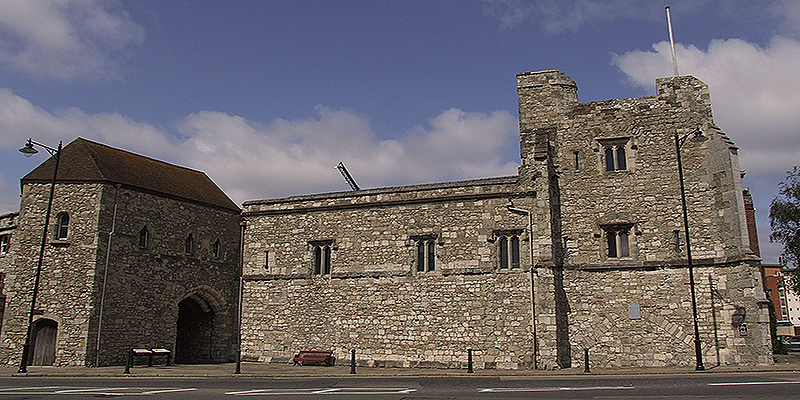
By Christophe.Finot (Own work) CC-BY via Wikimedia Commons (image and image size has been modified)
Situated at the south-east corner of the town walls, God’s House Tower, was a late 13th Century gatehouse that permitted access to Southampton from the Platform and Town Quay. It was used as the town gaol and has housed the museum of Archaeology. God’s House Tower is a Grade II listed building and a ‘scheduled ancient monument’.
God’s House Tower is a two-storey building with a three-storey tower, running alongside the gateway. It was one of the earliest forts built to carry cannon and included rooftop firing points.
The gateway is also situated close to the Old Bowling Green, which is the oldest bowling green in the world - dating back to approximately 1299.
The God’s House Tower is a leisurely twenty-minute walk from Leonardo Hotels.
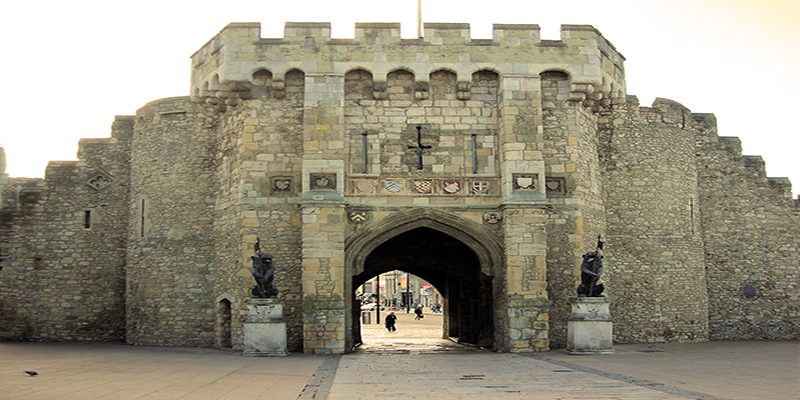
The Bargate - Southampton by Jim Linwood/CC BY(image and image size have been modified)
Situated in the centre of the city, The Bargate is a Grade I listed medieval gatehouse and ‘scheduled monument’. Constructed of stone and flint, this building is a beautiful standalone Southampton treasure that oozes heritage amongst the modern setting of the city. The south side of the building has four windows with a statue of George II in roman dress situated in the middle. The room above the gate was originally used as a guildhall and has had many different uses over the years from a prison to a museum.
The Bargate is a short ten-minute walk from our Southampton hotel.
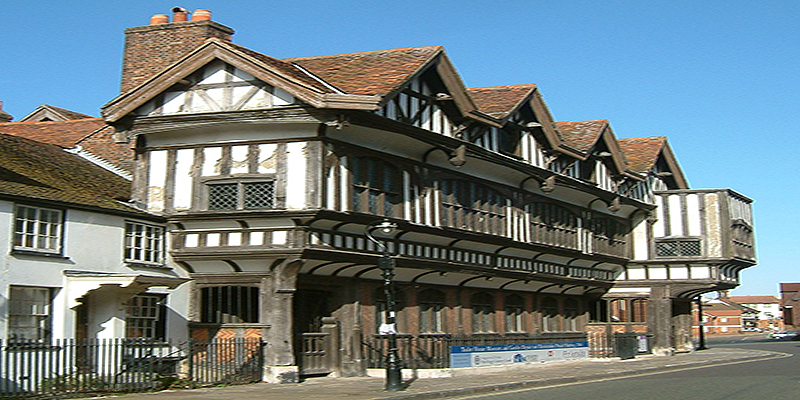
By Christophe.Finot (Own work) CC-BY via Wikimedia Commons (image and image size have been modified)
Offering over 800 years of history the Tudor House and Garden is the perfect place to learn about Southampton’s heritage. The timber-framed house was built in the 15th Century and faces St Michael’s Square. King John’s Palace sits next to Tudor House (accessible from the garden), and is a Norman house dating back a further 300 years, offering further examples of Southampton’s medieval life and architecture. With a range of displays and collections, as well as scheduled events, these unique historic buildings offer a chance to transport back in time and become immersed in this city’s heritage.
The Tudor House and Garden is a leisurely twenty-minute walk from Leonardo Hotel Southampton.
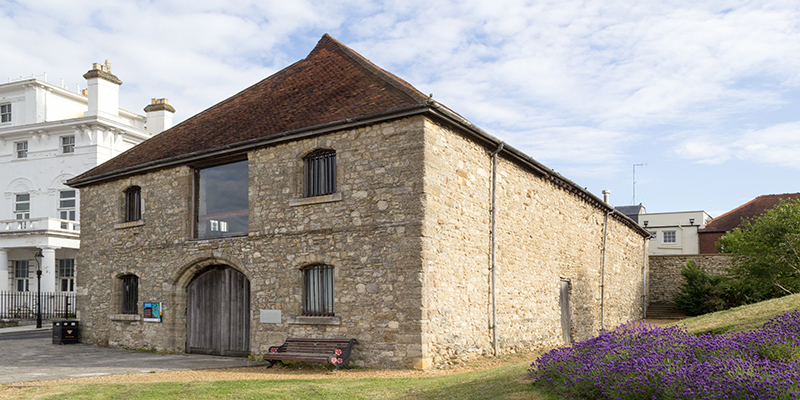
By Richard Nevell (Own work) CC-BY via Wikimedia Commons (image and image size have been modified)
The wool trade was the basis of Southampton’s prosperity in the middle ages and is a key part of this city’s heritage. The Wool House was built in the 14th century as a storage house for wool to be exported to the ‘continent in the galleys and carracks of Venice and Genoa.’ The building was later restored and used as the Southampton Maritime Museum until January 2012.
If you are staying at the Leonardo Hotel Southampton, the Wool House is a short twenty-minute walk away.
Keen to discover more of Southampton’s history during your visit? The Southampton City Council has produced a fantastic ‘Old Town Walk’, which offers a guide of the city’s history, simply mapped out for you to discover.
Whether you seek the visual thrill of an extraordinary piece of art, or the intr...
MORE +When you are looking for some unique locations to visit in 2018, consider taking...
MORE +There’s no denying that spending time in the great outdoors is good for yo...
MORE +